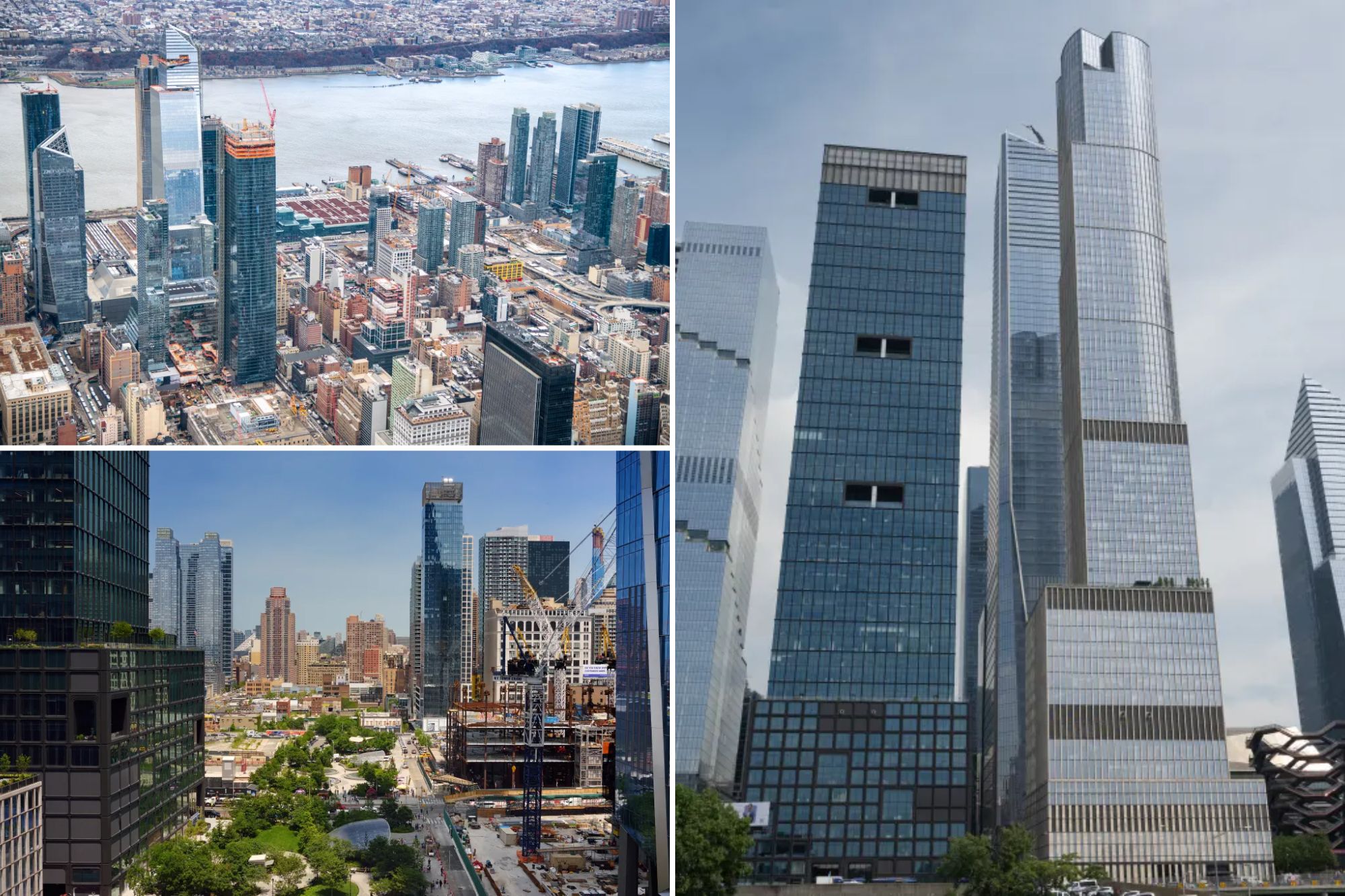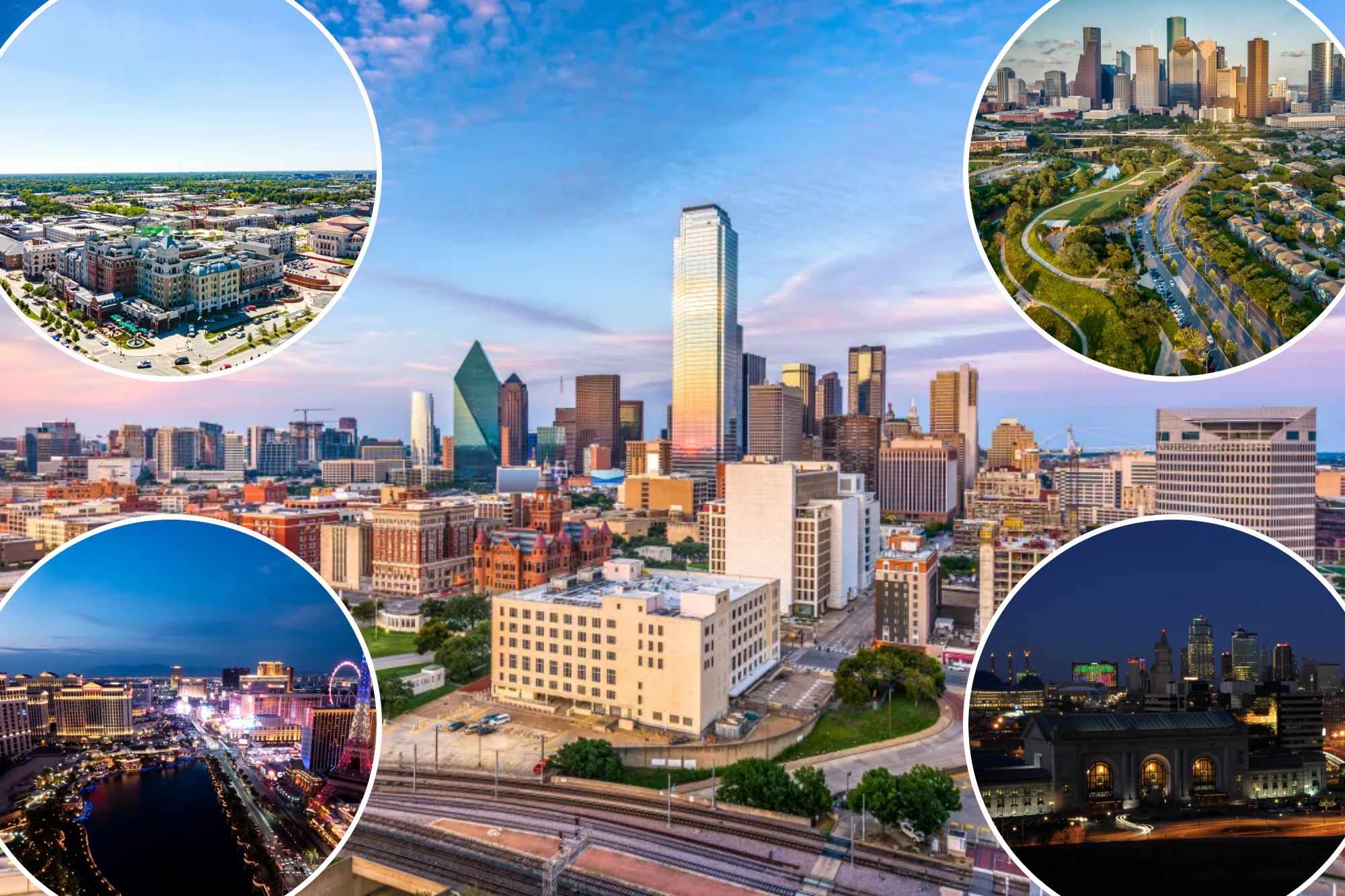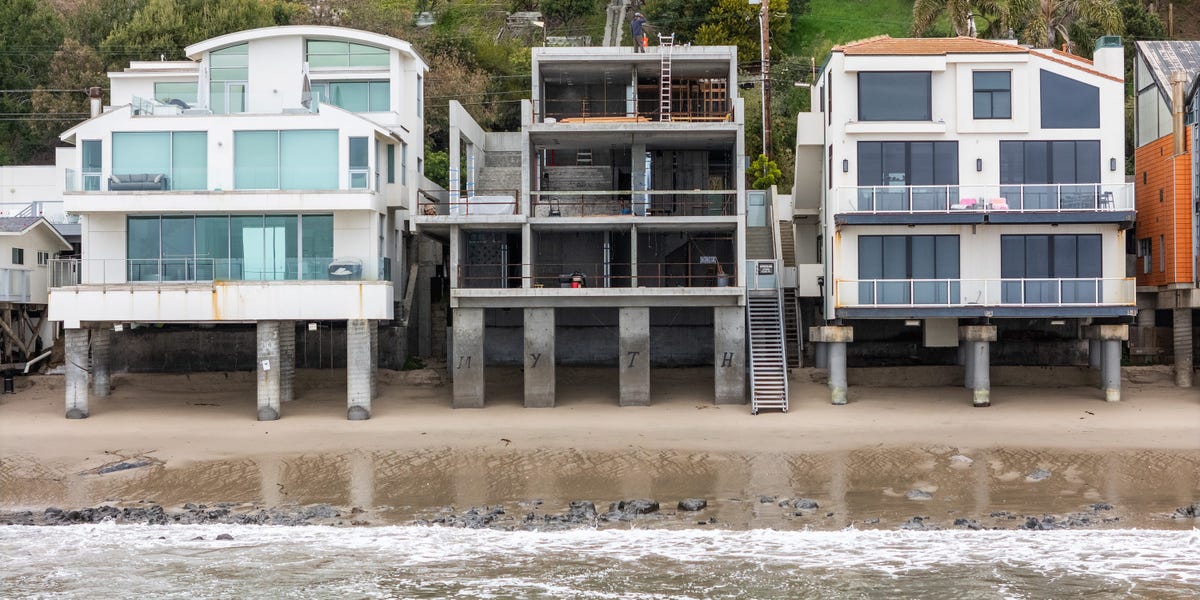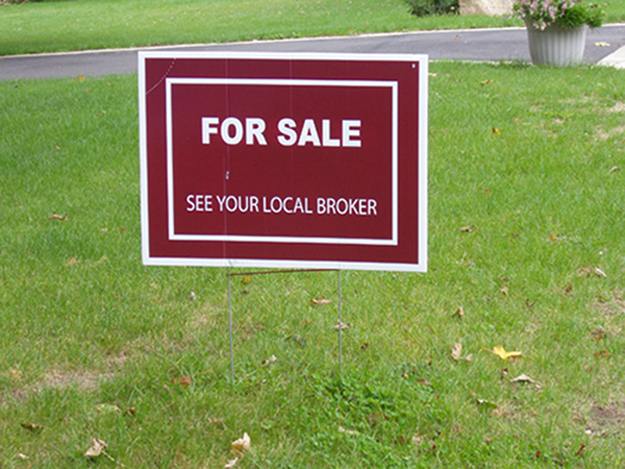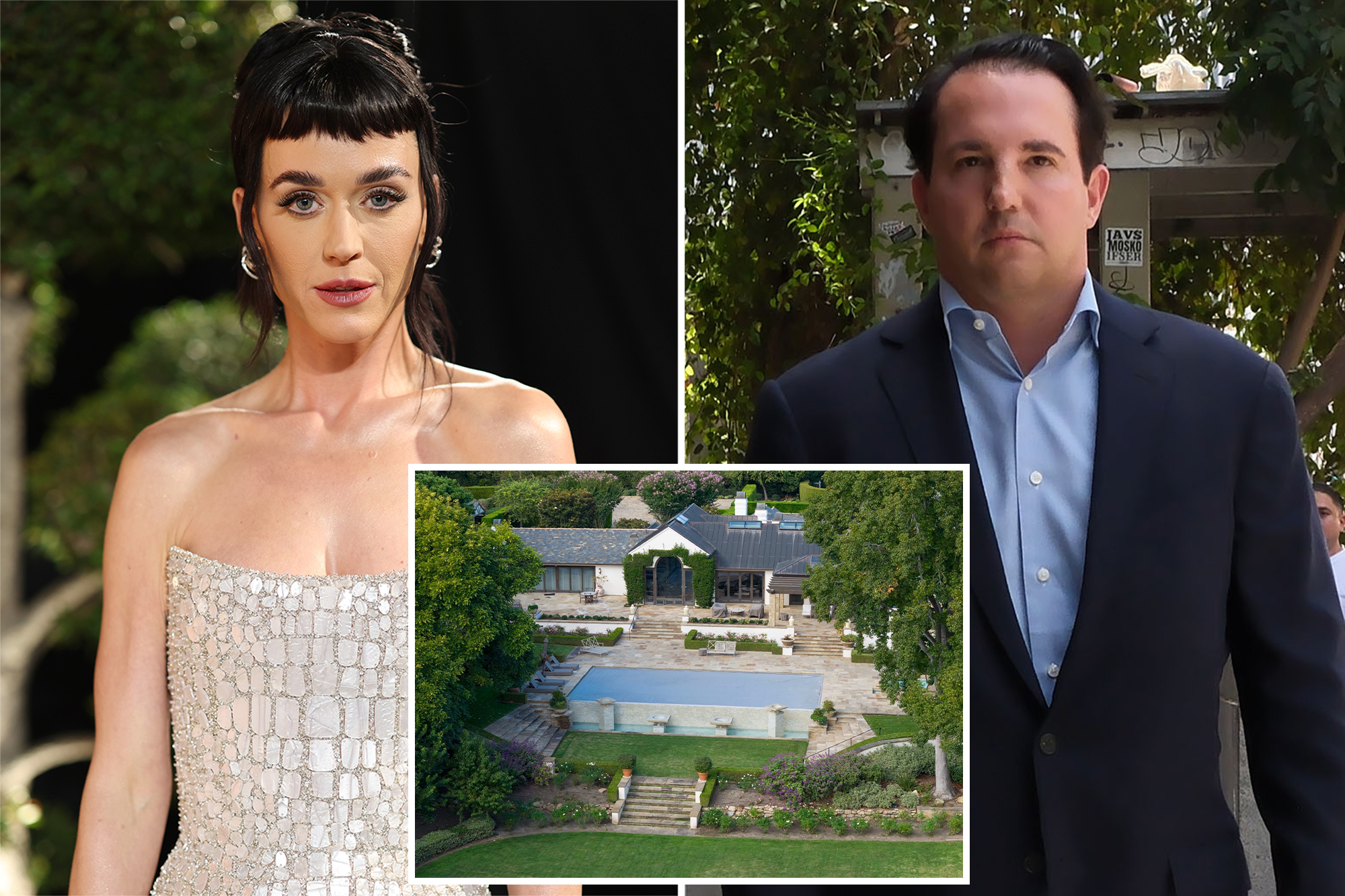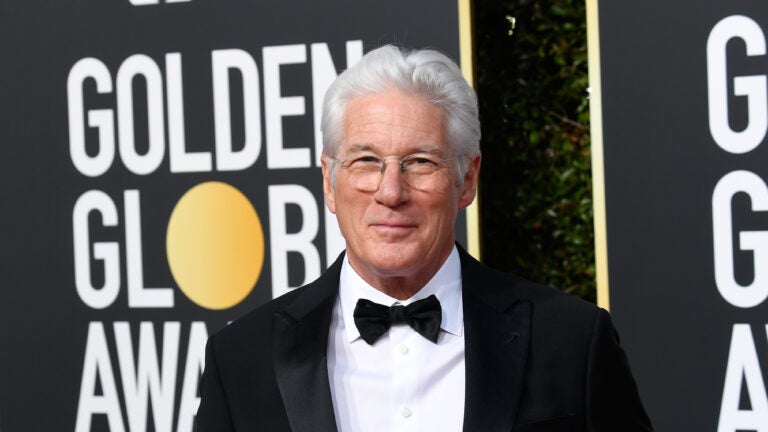H
udson Yards has secured its position as New York City's most expensive neighborhood for the sixth consecutive year, with a median sale price of $5.36 million in the first quarter of 2025, according to PropertyShark. Despite a $645,000 year-over-year price drop, high-end condominium sales and increased transactional activity drove Hudson Yards' dominance.
The citywide median sale price rose 10% from last year to $1.15 million, with 41 neighborhoods boasting median sale prices above $1 million. Five Manhattan locales exceeded $2.5 million, solidifying the borough's grip on luxury real estate.
"Hudson Yards has been consistently at the top of rankings since mid-2019," said Eliza Theiss, PropertyShark's author. "The neighborhood's high-end stock dominates this submarket of Manhattan." Six transactions in Q1 2025 exceeded $6 million, including two eight-figure deals at 35 Hudson Yards.
Manhattan's luxury condos drove its dominance, with ten of the 13 deals inked at 35 Hudson Yards and three at 15 Hudson Yards. Even the lowest-priced sale commanded $4.1 million. Sales surged 160% year-over-year, though adding just eight transactions.
Looking ahead, Theiss predicts Hudson Yards will continue to dominate NYC rankings as it has over the past nearly six years. Manhattan secured six spots in the top 10 priciest neighborhoods, with Little Italy taking second place at $4.59 million and Soho following at $3.85 million.
Brooklyn edged out Manhattan overall, securing 22 spots among the top 50, led by Cobble Hill at $1.91 million. Queens trailed with 11 neighborhoods in the top 50, led by Malba at $1.6 million. Theiss attributed Brooklyn's growth to Manhattan's soaring prices pushing buyers to Brooklyn.
Queens has shown steady growth, but still lags behind due to lower pricing levels and a less convenient proximity to Manhattan. Traditional heavyweights like Carroll Gardens and Chelsea stumbled, driven by smaller homes and shifts toward co-ops and smaller units.
As the city's luxury market heats up, Hudson Yards' enduring reign signals Manhattan's grip on the ultra-high-end, even as Brooklyn gains ground. "Manhattan still remains the dominant power," Theiss emphasized, citing its concentration of top-tier neighborhoods and significant price gaps with Brooklyn's priciest areas.
